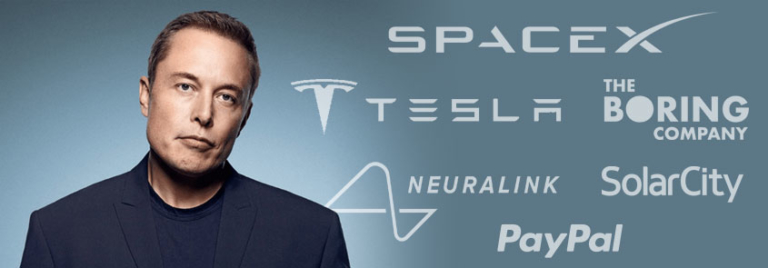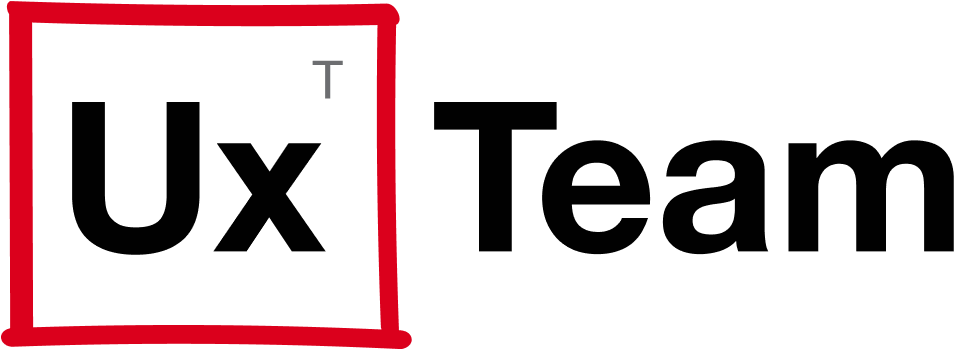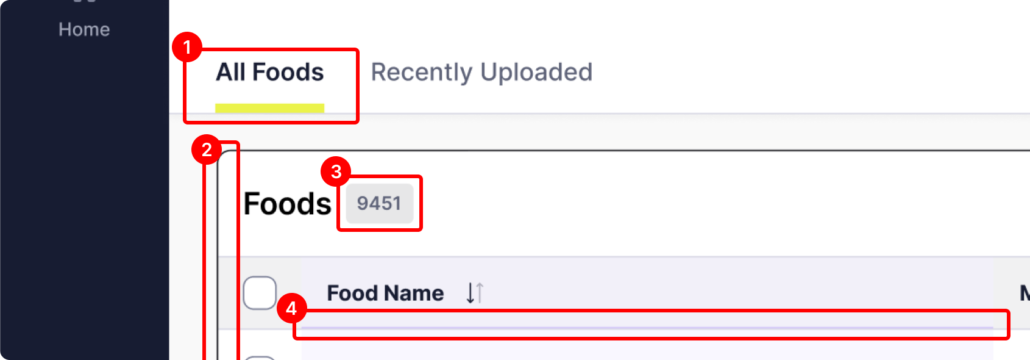
How Elon Musk's 5-step process applies to software sevelopment
In a fantastic, super geeked-out interview (courtesy of the Everyday Astronaut), Elon Musk breaks down the 5-Step Process he’s implemented to develop everything from Tesla electric cars to Space X rockets. One of the great things about Elon’s explanation of each step is that he speaks in a very blunt manner and uses examples of the mistakes he and his teams have made that drove him to implement these steps. As he explains each step, it occurred to us how these exact same steps can and should be applied to developing software products.
STEP 1. Make your requirements less dumb
In this clip, Musk says “The requirements you were given are definitely dumb — and it’s particularly dangerous if a smart person gave you the requirements because you might not question them.” Basically, he encourages everyone to assume that there are things wrong with the requirements they’ve received so that they feel much more free to ask questions and make them better (or, less dumb).
In addition, Musk requires all requirements to have a person’s name attached to them—not just a department name. This way, a person takes responsibility for the requirement, and everyone knows who to go to with questions.
How this relates to software development
Here are a few real-world examples of scenarios that we run into a lot with our clients during our Team Work Sessions:
- UX Team asks “Why is this a requirement?” The client says “That’s what the business team wants.”
The fact that product teams often do not question or challenge why a requirement is a requirement in the first place probably speaks more to a problem with the corporate culture dynamic than anything else. In other words, product teams are often put in a position of focusing purely on delivering what they are asked to deliver without being empowered to ask “why?”
- UX Team asks “Why does your current software product function this way?” The client says “That’s just how it’s always functioned.”
This one actually happens quite a lot, and it’s often the result of a product team that:- Can no longer “see the forest for the trees” because they’ve been so close to the product for so long
- Has new members who don’t feel comfortable questioning things until they’ve earned their stripes.
- UX Team asks “What drove this to become a requirement in the first place?” The clients says “Feedback from our users”. Then UX Team asks “How many users and what was their specific feedback?” The client says either “I don’t know. It’s just what we were told.” or “We had one or two users complain.”
This also happens quite a lot, and it often causes product teams to get sidetracked with enhancements or new requirements that should have a much lower priority than others in their backlog. It’s sort of like the “The squeaky wheel gets the grease” treatment.
Ideally, if product teams followed Elon’s “Step 1” advice, they would attach a name to every requirement and create a culture whereby everyone felt not only empowered but expected to ask questions about the requirements they were given before they spend tons of time designing and developing them.
STEP 2. Try very hard to delete a part or process
In this clip, Musk says “The bias tends to be “let’s add this part or process ‘in case’ we need it” – but you can make ‘in case’ arguments for almost everything.”
How this relates to software development
In art school, they teach “When everything is important, nothing is important”. In UX design, when you make the visual weight of too many things on a given screen the same, you create a visual hierarchy that does not inform the user about what is important vs less important. Therefore, whenever you add something you need to always consider whether it is worth degrading the visual weight of other existing things or if you should remove existing things to make room for the new thing.
This also holds true for adding functions and features to a software product. As Musk explains, product teams tend to add more and more features when they should be equally considering what they can remove. After all, if the end goal is to make a better product, but the bells and whistles you want to add make your product more difficult to use, are they really worth adding?
As this relates to a “Process“, a few years ago we were hired to redesign an existing product, but the first priority was to get the live product working. Soon after we engaged with our client, we fixed the existing code and were ready to deploy it – but we couldn’t because the client’s development team was still working out the details of their new Continuous Integration (CI) scheme and how our team was going to get integrated with it. We suggested that, for this particular release, we simply push the updated code files to production manually without CI in place. Then, we will shift our focus to the redesign effort while the client development team takes their time to implement a proper CI scheme for us to use. Processes can be good, but when teams get so programmed to follow them, it can prevent teams from considering simple, logical solutions.
3. Simplify or optimize
In this clip, Musk talks about how he purposely makes this his third step to help prevent teams from “optimizing a thing that shouldn’t exist.” In other words, it’s great that you were able to optimize the performance of that new feature—but did you consider whether it was needed in the first place?
How this relates to software development
4. Accelerate cycle time — or, "go faster!"
In this clip, Musk says “Go faster — but don’t go faster until you’ve worked on the other 3 (steps) first.”
How this relates to software development
5. Automate
In this clip, Musk talks about the importance of never starting with automation first and going through the Steps in reverse. This is our favorite video because Musk tells a great story where he made this exact mistake when they were struggling with a fiberglass mat that was mounted to the top of the Tesla battery. The installation of this mat was “choking the whole production line”. So, he and his team spent a lot of time working on ways to optimize the automation (robots) until one day, Musk finally asked the Battery Safety Team, “What the hell are these mats even for?”. They told him they were for “noise and vibration”. So he went to the Noise and Vibration Team, and they said they were for “fire safety”. So, they placed microphones and sensors inside 2 different cars and tested the noise and vibration with the mats in, and with the mats out. They found no difference whatsoever. Needless to say, the mats were removed.
How this relates to software development
This one can relate to everything from a simple ticketing system to an elaborate e-commerce website. Both require people, processes and technology to be in place before any true automation can be implemented. Much the way the robots on the Tesla assembly line were not implemented until they were designed, tested, and optimized for each step of the assembly line, you should not automate anything until you can support that automation.
In one software product we made for a client, they wanted a Task Management feature that auto-generated tasks for people based on specific triggers within the system. For example, “When Team B enters X data, generate a task for Team B”. The problem was the client didn’t have the teams to support all the auto-generated tasks — so tons of tasks were getting generated and left open in the system, and the users eventually just ignored the whole Task Management feature.
The importance of a Minimum Viable Product (MVP)
Even though this one isn’t a ‘Step,’ it’s a great clip where Musk talks about how the first few Starship rockets all blew up for reasons that were not on their “Risk List.” In other words, the first Starship rockets they launched helped them uncover flaws that no one on their teams expected, which is one of the main points of launching an MVP first. You simply do not know what you do not know.
How this relates to software development
Too many software product teams have a hard time whittling down the backlog of their product requirements to something that could be termed a Minimum Viable Product. We often hear excuses like “It’s really not a ‘Viable’ product without all its features.”, which is usually nonsense. More often than not, a product can be broken down into a logical set of releases that grow from an MVP to an official “1.0” full release. Whether you release only one set of features to a small sample of user personas or you release only the core features of the product that may still require manual work to be done on the back end, MVP is critical to the success of any product launch.




